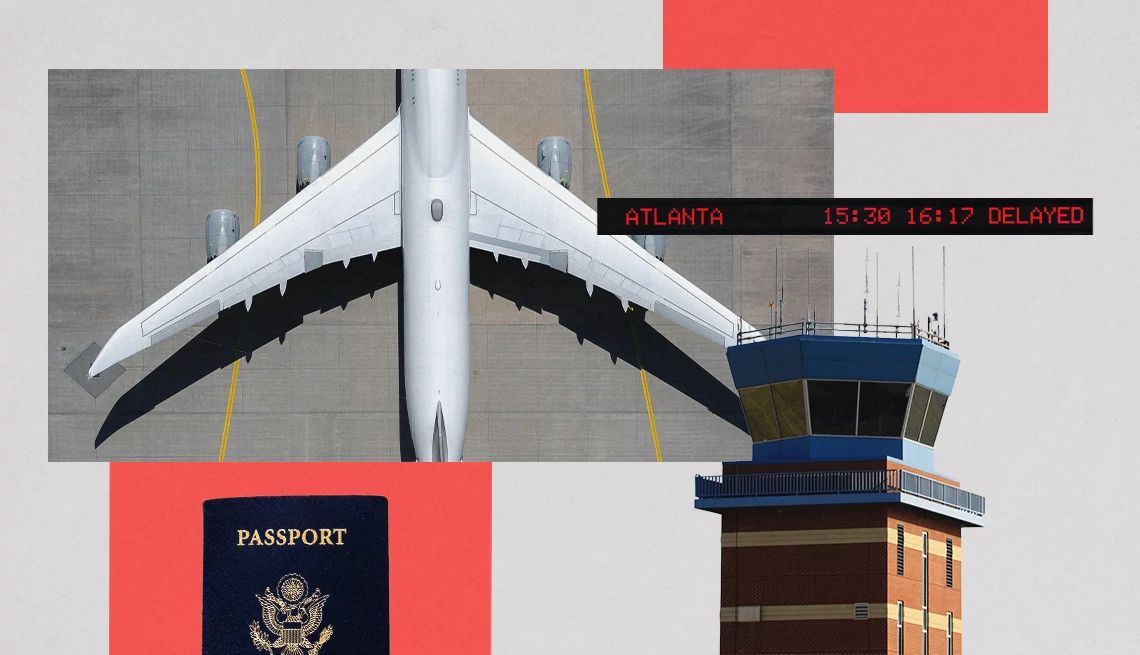AARP Hearing Center
In this story
Ask for a discount | Use points | Aggregators | Price alerts | VPNs | Flight first rule | Multiple airports | Shoulder season | Goldilocks zone | Credit card offers | Memberships
Airline flights are in the rare category of goods and services that don’t really have a set price. You may pay a lot or a little. It takes some combination of luck and know-how to ensure you’re in the latter category.
The drive to seek out cheap flights increases as the economy tightens, especially for those on a fixed or shrinking budget. This means that some of the 46 percent of travelers age 50 and older who planned to travel domestically by plane this year, according to AARP’s 2025 Travel Trends survey, may be rethinking things.
Then again, they may not have to. With help from my accumulated travel deal-seeking skills and those of other veteran globe-trotters, travelers can stick to planned visits to see family, friends and beautiful places for the least amount of money possible.
1. Ask for a discount
Patti Morrow, boomer travel influencer and blogger at Luggage and Lipstick, says it may be as simple as picking a flight, then calling the airline directly to ask for a senior discount – which varies by airline. “It’s not advertised anywhere on their websites, or even on some of the websites that [aggregate] different flights,” she says. “But if you call in, you can sometimes get discounts.” When attempts have been successful, she’s saved as much as $200. The higher the flight cost, the greater the potential discount, she says.
2. Use those points
“The number of … recent retirees and not-so-recent retirees that just want to see those balances go up and not down — those miles are only going to get less and less valuable over time,” says Kyle Potter, executive editor of travel and flight deal website Thrifty Traveler. Since airlines often adjust the value of miles within their travel programs — and typically not in travelers’ favor — the longer you hold onto a mile, the less it gets you. Cash them in, Potter says. “No deal is going to be better than booking a flight for close to free.”
3. Experiment with aggregators
My first stop when trip-planning is always a flight aggregator. They compile carriers’ flight information so you can search in one place using their various tools, such as price-comparison calendars, multicity search functions, deal finders and more. The aggregator eventually sends you to the airline for booking. Among the big names to experiment with: Google Flights, Skyscanner and Kayak.
Note that these are different from online travel agencies (OTAs) like Expedia, Booking.com and Hopper, which aggregate flight data but also handle bookings. This means you forgo direct-booking benefits, including miles accumulation or cancellation protection. Understand the difference to ensure the savings are worth it. I’ve used OTAs to get great deals, often — but not always — without regrets. And take extra care to avoid fake booking sites.





































































